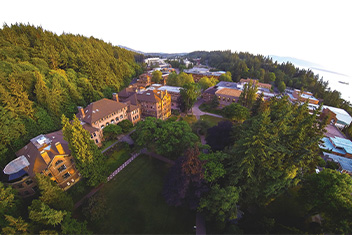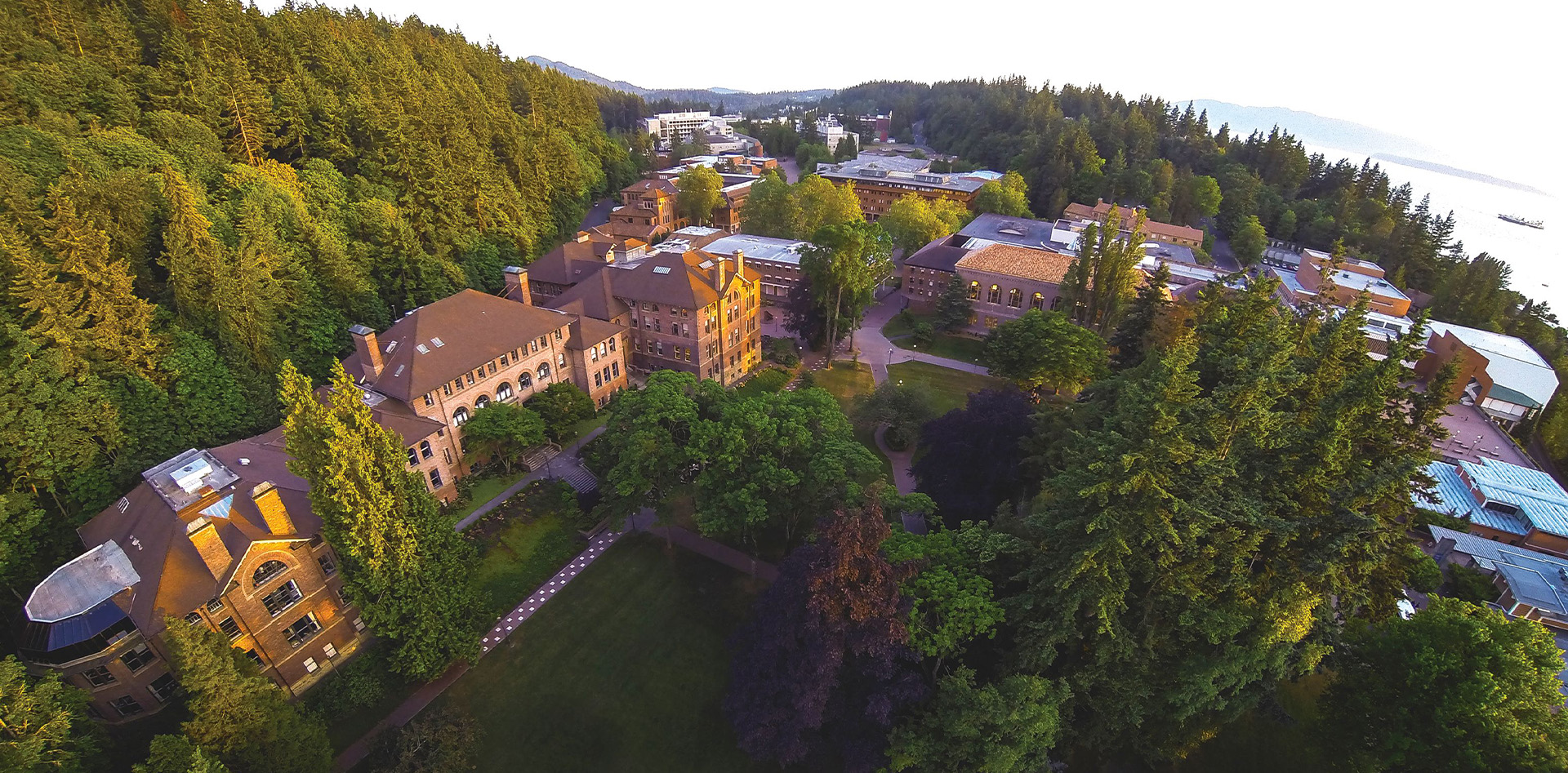WWU Bellingham Heating System Conversion Study and Project Planning


Western Washington University’s existing campus central steam system accounts for nearly 97% of their annual greenhouse gas emissions. Its economic and operational efficiency are limited by its mid-20th century design. WWU’s objective is to replace the existing system with a hot water system that relies on electric heat pumps.
As a first step, they commissioned Säzän Group to analyze the economic and engineering requirements of such a conversion. Säzän Group lead an engineering and architectural team as Prime Consultant in completing this initial feasibility study. Now, we are currently leading the technical team as part of an Owner Advisory contract to develop a Project Implementation Plan (PIP), assisting in preparing a construction phase budget request, and helping to guide the selection and on-boarding of a progressive design-build team.
Feasibility Study & Deliverables
The analysis considered the renewal and modernization of heating and cooling systems in all buildings as well as future renovations and modernizations within the buildings that would reduce loads. Future loads from planned campus expansion projects were also factored into the study.
Based on the financial and technical analyses completed, a preferred alternative consisting of multiple nodal central plants, each with a hydronic distribution network, was identified. This provided needed implementation flexibility and minimized interruptions to campus operations. This phased, nodal plant implementation was also believed to provide more manageable projects and eventually a higher level of overall operational resilience.
Retrofits to convert existing buildings from using steam converters to enable them to be served by water-to-water plate heat exchangers were scoped and would be implemented in conjunction with build-out of each new nodal central plant.
The deliverables of the study, including results from the technical and financial analyses, were used to develop an initial capital funding request to the Washington State Office of Financial Management (OFM) to develop schematic design documentation for this preferred alternative and complete the design of one of the nodal plants. Future budget requests would support contracting for further design and development and the ultimate delivery of needed upgrades. Cumulatively, the work is viewed as a long-term capital renewal program at WWU.
Our Current Efforts: Project Implementation Plan
Now contracted to provide technical support in an Owner Advisory role, Säzän Group is now assisting in developing the PIP. As part of this work, further analyses are being completed that consider system configuration, emerging technologies, and a potential tie-in to a larger community DE system now in development. Other PIP elements include construction phasing and campus impacts, building retrofits, adaptability, integration of chilled water, funding, community engagement, clean building and DE regulatory compliance, and the overlay on the campus master plan.
Project funding is currently being pursued as part of a new Capital Budget Request to support completion of design and construction. The Owner Advisory team has recommended to WWU a progressive design/build as the delivery mechanism.
